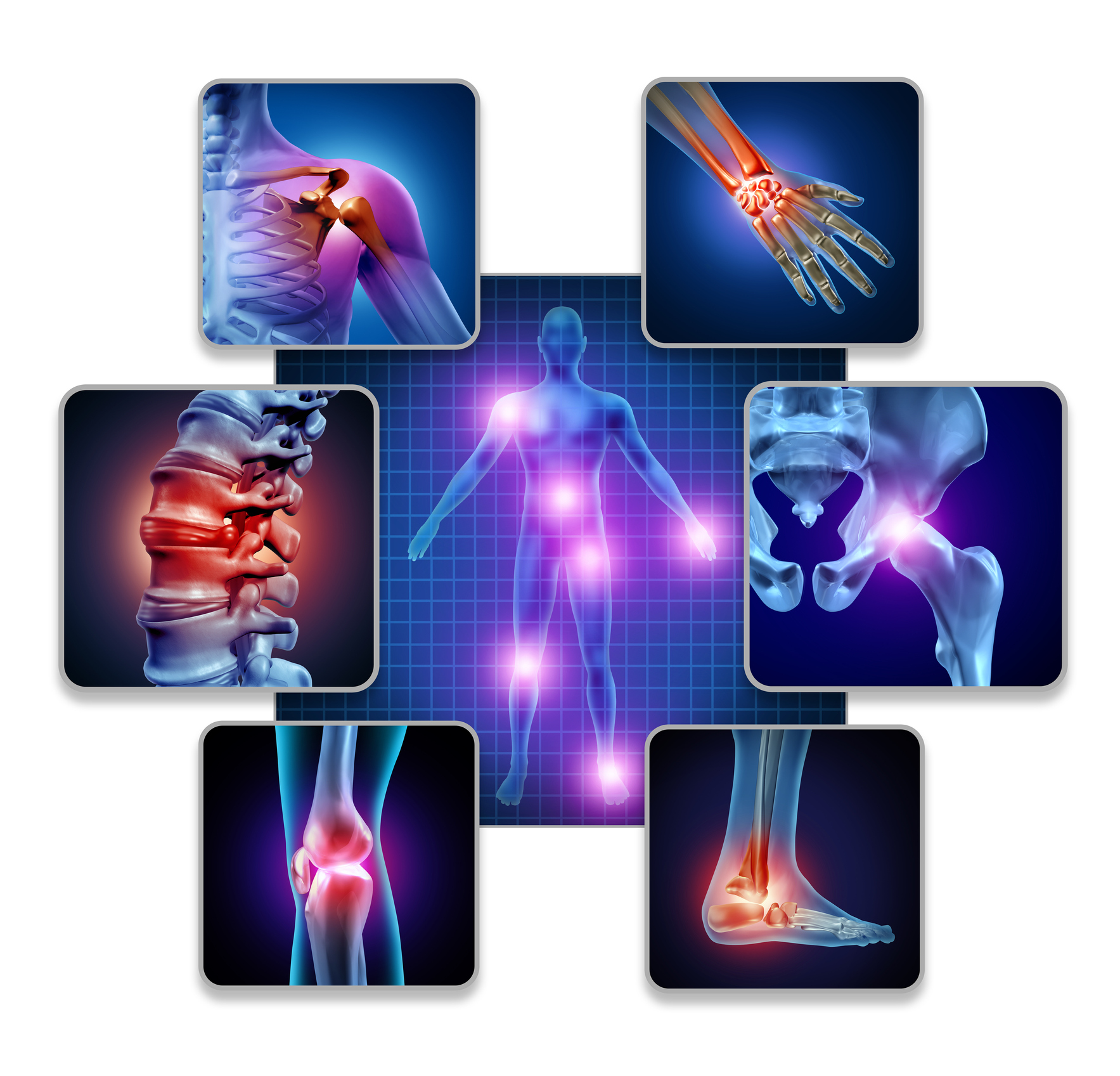Retrospective evaluation.
To determine the prevalence of mid-range dynamic instability in patients with degenerative spondylolisthesis (DS) and to evaluate the clinical implication of mid-range instability (MI).
Instability is identified by measuring vertebral body anterior-posterior translation on static end-range flexion and extension lateral radiographs. Mid-range kinematics could evince occult dynamic instability in which motion is not appreciated at the terminal-range of motion.
In this study, 30 patients with DS with checked standing dynamic radiographs of the lumbar spine in Gwangmyeong Sungae Orthopedic Clinic were recruited. Standing lateral radiographs were evaluated in extension, 45° of flexion (mid-range) and 90° of flexion (terminal-range) of the lumbar spine. Instability was defined as sagittal translation greater than 3 mm from the extension position. Patients were divided into three groups: a control group, an MI group, and a terminal-range instability (TI) group. Radiographic outcome (stenosis grade) and clinical outcome were compared between the three groups.
The average sagittal translation of the lumbar spine was 5.2 mm in extension, 6.6 mm in mid-range, and 7.2 mm in endrange. MI was observed in eight patients (26.2%) and TI was seen in 12 patients (40%). Of eight patients with MI, three patients did not have instability at terminal-range (occult patients) and five patients had instability at terminal-range (typical patients). Body weight and body mass index (BMI) was significantly higher in the MI group as compared to the control group. BMI was positively correlated with slippage to mid-range. There was no significant difference in stenosis grade, Visual Analog Scale, and Oswestry Disability Index. In the TI group, there was no significant difference in radiographic clinical parameters as compared to the control group.
MI was demonstrated in 25% of DS patients. Mid-range motion was increased with BMI. Mid-range lateral radiography can reveal occult instability in patients with DS, particularly in obese patients.
Clinical Implication of Mid-Range Dynamic Instability in Lumbar Degenerative Spondylolisthesis.


